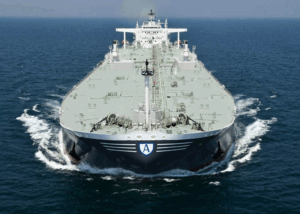
London-based Hayfin Capital Management has completed a $400m fundraising as part of its Maritime Yield strategy.
The alternative asset management firm said the Maritime Yield strategy had received strong support from a diverse group of both new and existing investors including leading insurance companies, pension funds, family offices, and infrastructure funds.
The UK-based firm, having attracted c.$400m in capital commitments for the fund, will now have the capacity to acquire up to $1bn of shipping assets when coupled with conservative debt financing.
Through the Maritime Yield strategy, Hayfin will invest across each of the industrial maritime sectors, “with a focus on acquiring top-specification assets that generate predictable and uncorrelated cash yields from blue-chip counterparties,” as the company claims.
Hayfin maintains a discrete profile but has a sizeable Maritime industry footprint with continuous investment activity across direct lending, alternative credit, leasing, and ship ownership, complete with an in-house ship management platform, Greenheart Shipping.
This latest fundraising round represents a further extension of its strong track record in the maritime sector, having invested more than $3 billion in the dry bulk, tankers, containers, LPG, and LNG segments.
Andreas Povlsen, Head of Maritime, noted: “This latest pocket of capital dedicated to the maritime industry is a powerful complement to our existing capabilities. Having acquired more than 80 vessels and concluded more than $1bn of charter revenues, we continue to execute on our strategy of generating strong risk-weighted returns from a quality hard-asset base.”
“Our strategy in maritime focuses on aligning patient institutional capital with attractive fuel-efficient assets and predictable as well as diversified cash yields generated from investment-grade counterparties,” he added.
Nino Mowinckel, Managing Director, Maritime Funds at Hayfin, said: “Shipping markets are undergoing a period of profound structural change with rising barriers to entry, constrained supply-side dynamics, expanding tonne miles, and tightening regulatory regimes that will increase asset utilisation rates over time. We believe that the industry continues to benefit from adopting a more institutional, value-add infrastructure model, transitioning away from short-termism and sub-scale platforms.”



